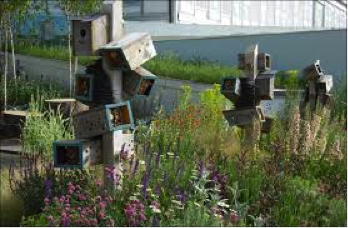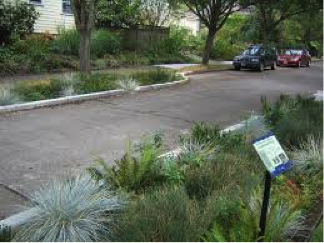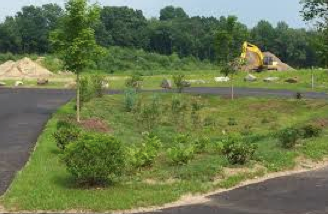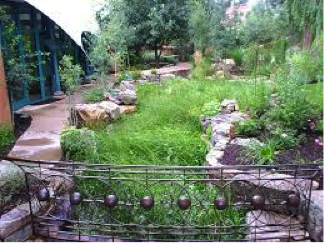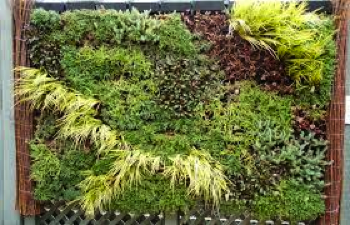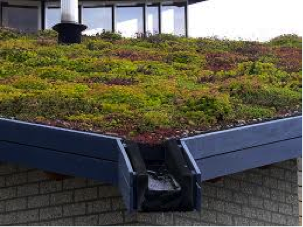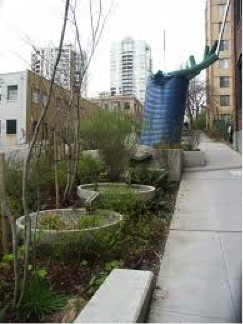Art and Stormwater Water Management
Okay – don’t laugh – the two really can coexist and actually complement the other. The concept it called Green Infrastructure, also known as Low Impact Development (LID) and Artful Rainwater Design (ARD).
Read More

